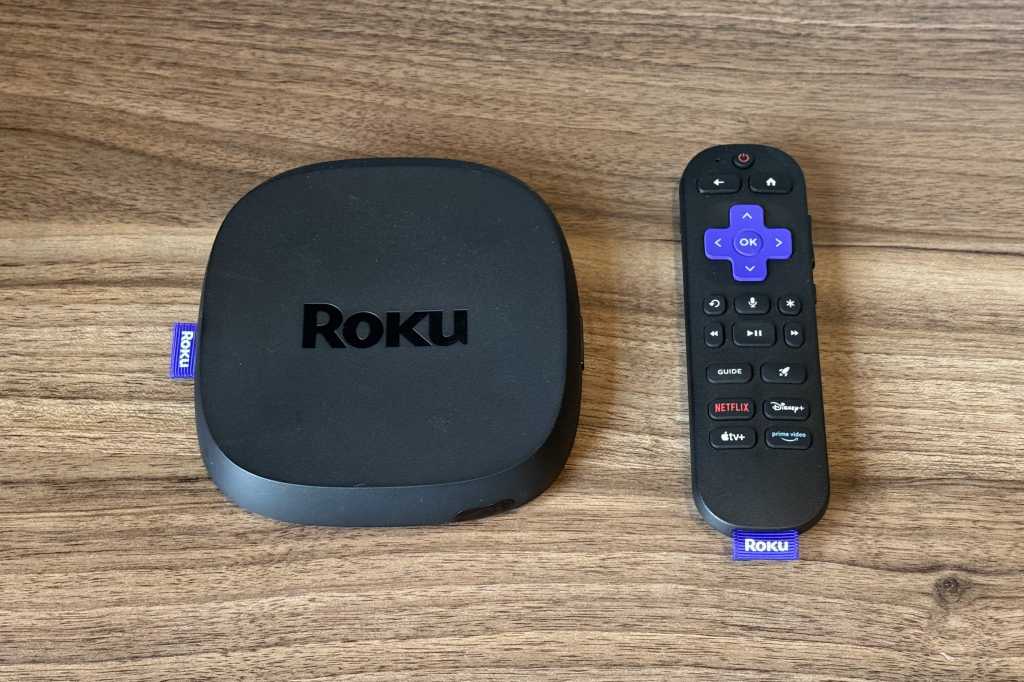Expert’s Rating
Pros
- Backlit, rechargeable remote with remote-finder function
- Faster than Roku’s cheaper streaming dongles
- Apple AirPlay and Google Photos integration
Cons
- Barely noticeable performance improvements versus older Ultras
- Home screen sorely needs streamlining
- Increasingly annoying banner ads
Our Verdict
Roku’s latest flagship has solid performance and a great remote, but the interface needs a rethink.
Price When Reviewed
This value will show the geolocated pricing text for product undefined
Best Pricing Today
Price When Reviewed
$99.99 (discounted to $79.99 at the time of this review)
Best Prices Today: Roku Ultra (2024)
$79.99

$79.99

$79.99

$89.99

$124.56
The 2024 Roku Ultra is in some ways a victim of Roku’s own success.
Roku has designed its platform to run well even on cheap streaming dongles and smart TVs. It also has a strong track record of keeping those devices up to date, so even streamers from seven or eight years ago are still getting new features.
That’s great for Roku device owners, but it doesn’t leave the new Roku Ultra with much to distinguish itself from older models. It has a new remote and upgraded internal tech specs, but real-world performance is nearly identical to the old Roku Ultra, whose hardware dates back to 2020.
And while Roku has made some welcome software improvements in recent years, other elements of the Roku experience are getting worse, including a growing amount of home screen clutter and more distracting banner ads. The result is a streaming box that doesn’t feel quite as premium as its $100 asking price suggests.
What’s in the box
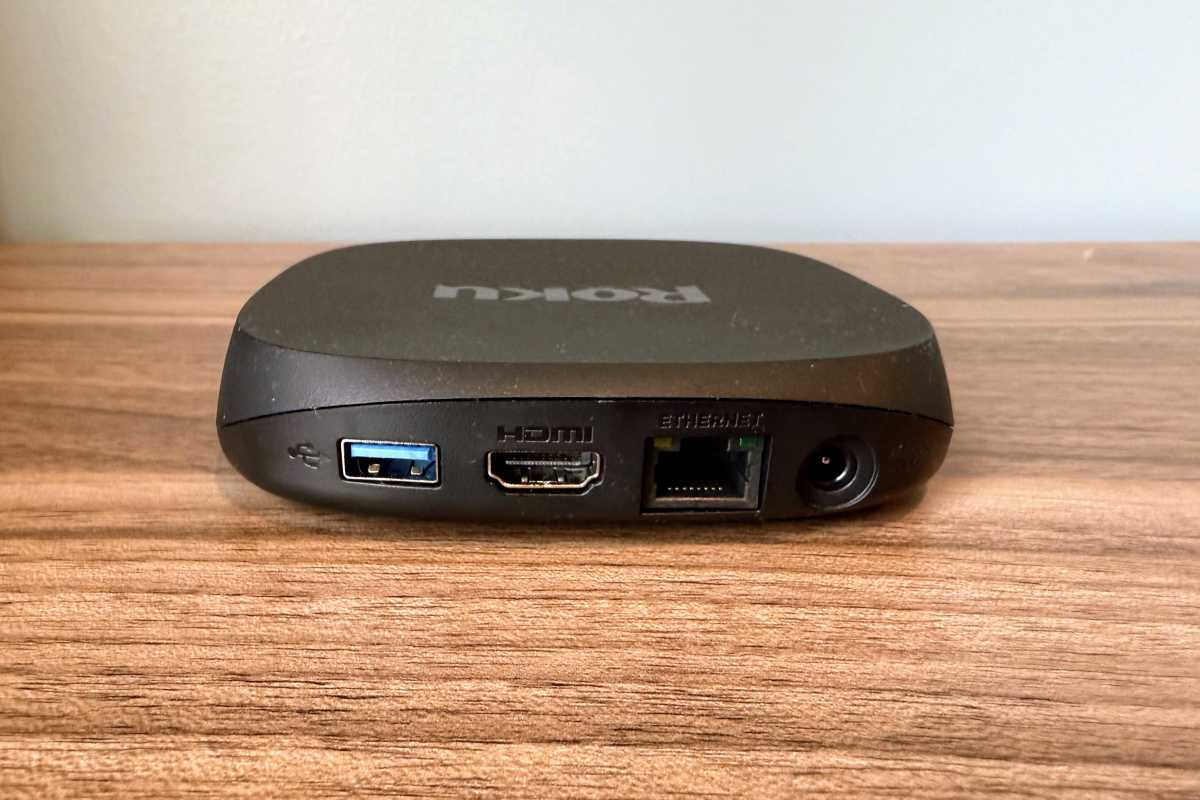
Jared Newman / Foundry
If you’re comparing Roku streaming players, these features are unique to the Roku Ultra:
- Wired ethernet port
- USB port for playing media files from a thumb drive
- Bluetooth for playing TV audio through headphones or streaming music from a phone
- Built-in remote finder
- Dolby Atmos decoder
- Programmable remote with a rechargeable battery
While the 2024 Roku Ultra looks identical to previous iterations on the outside, it adds a few new features to the mix.
It’s the first Roku player with Wi-Fi 6, which is better at handling lots of simultaneous device connections than earlier versions (assuming you have a Wi-Fi 6 or newer router). Wi-Fi 6 also offers faster theoretical connection speeds, but that’s unlikely to make a difference for streaming, which generally doesn’t require more than 25 Mbps.
The 2024 Roku Ultra also supports Quick Media Switching, a feature of some high-end smart TVs that can adjust video refresh rates without flickering the screen off and then on again. As of now, only a select few LG and Samsung OLED TVs support this feature.
Lastly, Roku claims that the new Ultra is 30 percent faster than its other streamers. The difference is noticeable in side-by-side testing with Roku’s Streaming Stick 4K, with the latter’s app load times routinely about four seconds slower.
But when I ran the same tests against a 2022 Roku Ultra, the performance was barely distinguishable. At best, the new Ultra was a split-second faster. Because Roku doesn’t have a recent apps menu or system-wide picture in picture like Apple TV, the benefits of a faster model aren’t that significant.
Upgraded remote
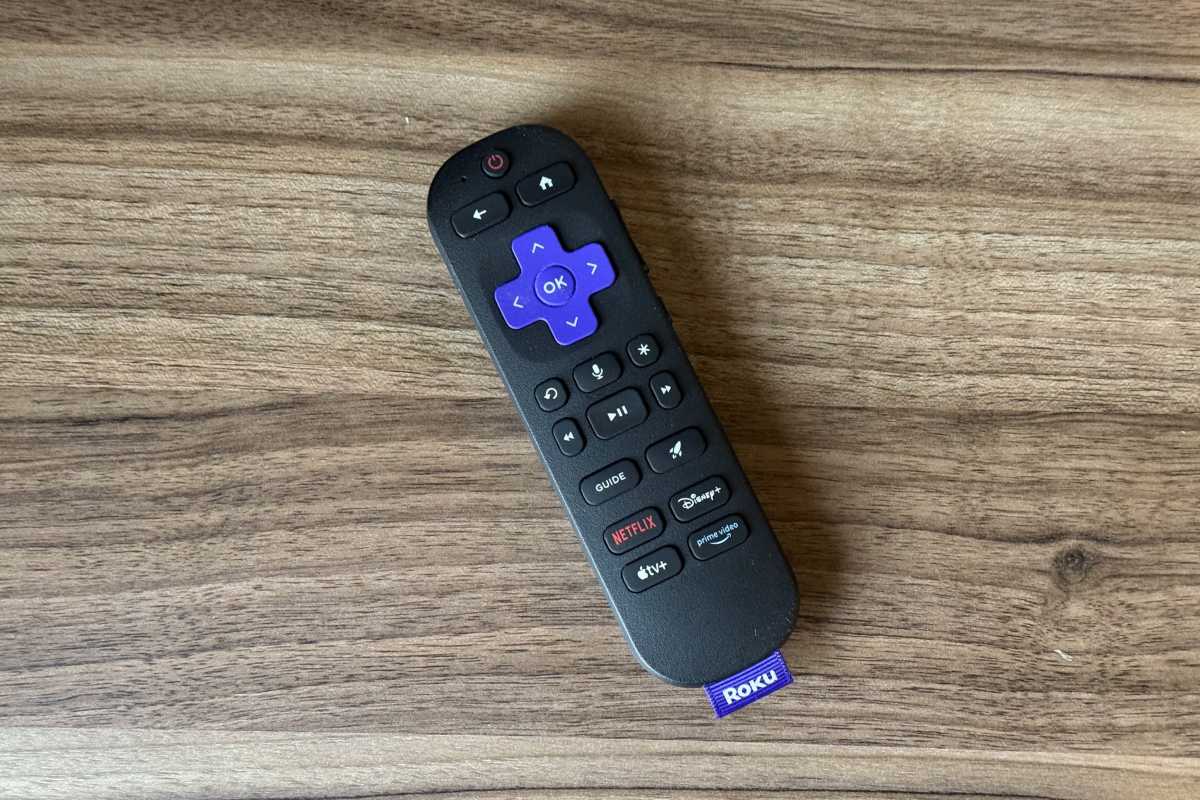
Jared Newman / Foundry
The 2024 Roku Ultra comes bundled with Roku’s best remote, the second-gen Voice Remote Pro. Unlike Roku’s cheaper remotes, it has backlit keys, a programmable button, support for hands-free “Hey Roku” voice commands, and an internal speaker, which chimes in when you press the Roku box’s remote finder button. It’s also rechargeable via USB-C, so you don’t need to go hunting for AAA batteries.
Overall, it’s an improvement over previous the Roku Ultra remote, which lacked backlighting and used Micro-USB for charging. While there’s only one programmable button instead of two, it brings up a handy quick launch menu where you can store a pair of custom commands along with the search and Bluetooth pairing menus.

Jared Newman / Foundry
But there is a trade-off: This remote no longer includes a headphone jack for private listening. Instead, you can pair a set of wireless earbuds or headphones directly to the Roku Ultra or use the Roku mobile app to listen through whatever headphones are connected to your phone.
As for those hands-free commands, they can be helpful for basic playback commands, but “Hey Roku” recognition can be unreliable in my experience. The always-listening remote isn’t a huge privacy concern—it’s only listening for the wake phrase, not recording everything you say—but a switch on the remote’s side disables the feature if you’re worried or just want to conserve some battery life.
Not so simple anymore
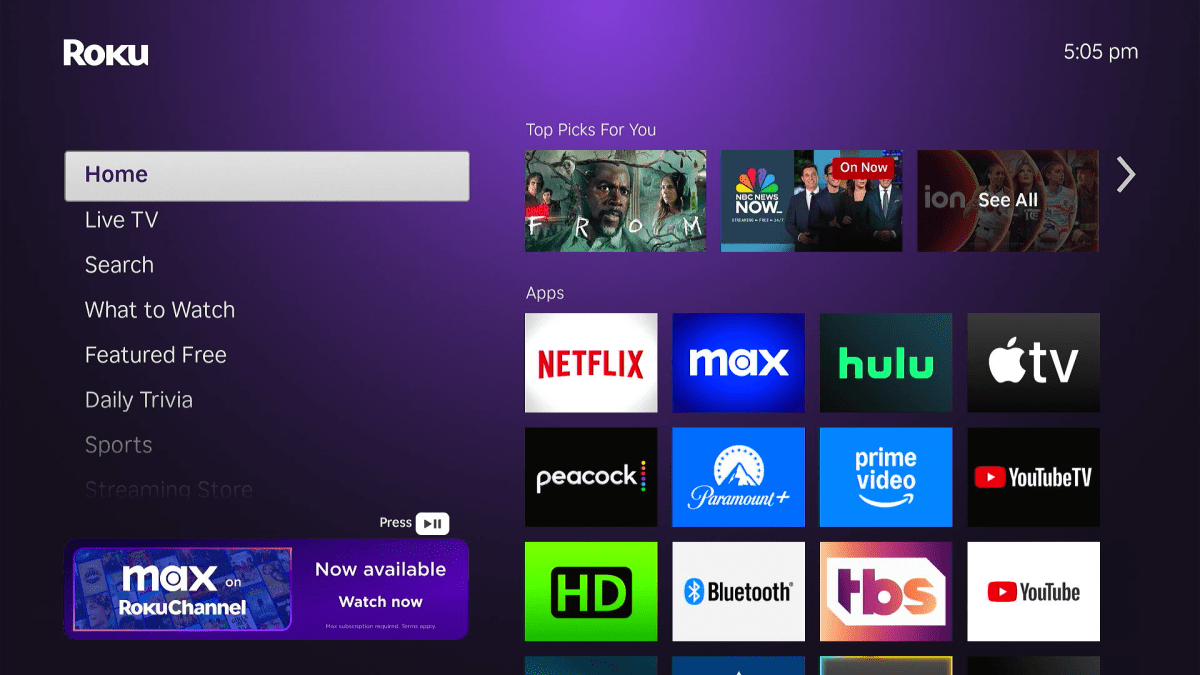
Jared Newman / Foundry
While Roku has always emphasized simplicity, recent changes have made the platform more complex.
Yes, the Home screen still provides a basic grid of app icons, but now it also includes a row of content recommendations, a list of genres to browse, and shortcuts to additional functions, such as the live channel guide.
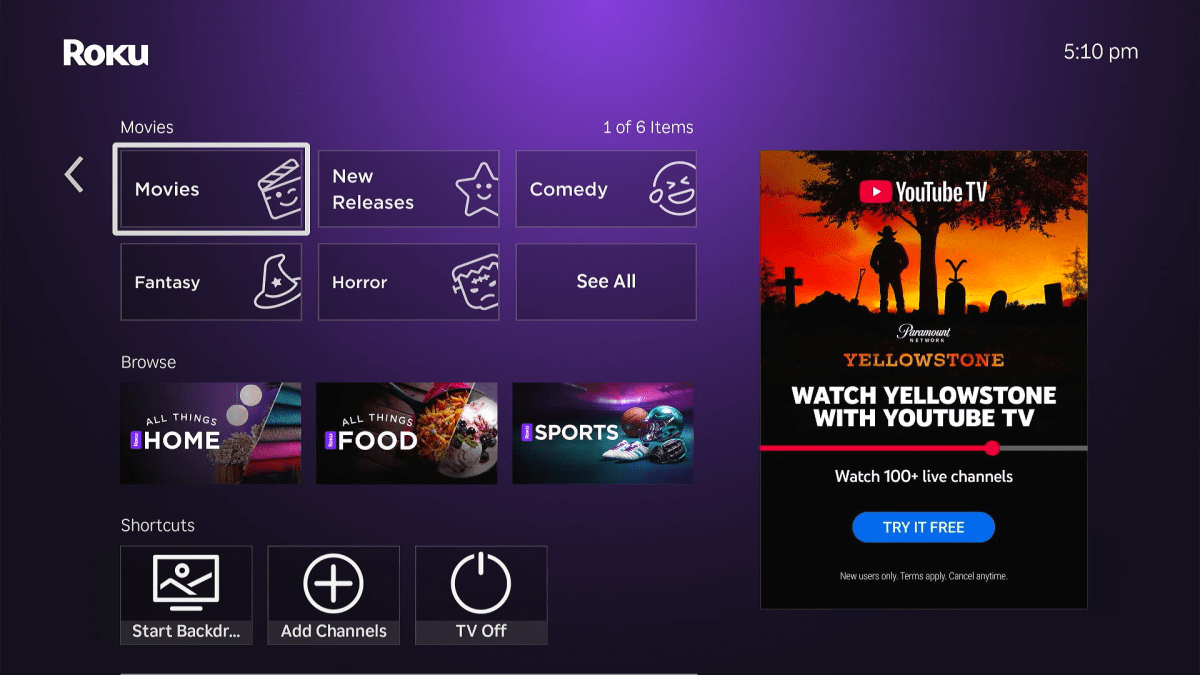
Jared Newman / Foundry
Roku’s left sidebar menu is also busier than ever, with sections for live TV, search, a “What to Watch” menu, free content, daily trivia, sports, an app store, and settings. The point of all these menus is to help you find something to watch without bouncing between individual apps, and some of them are genuinely useful. Still, jumping between all these menus is a hassle, I often found myself ignoring them outright.

Jared Newman / Foundry
While you can take some steps to simplify Roku’s menu system on your own, Roku itself should be doing the streamlining. Let the app grid be an app grid, Roku, and build a single, more holistic streaming guide alongside it instead of leaving the user with a half-dozen submenus to sift through.
Roku’s banner ads have been getting worse as well. As before, the big ad inside the app grid hogs about 40 percent of the interface, but now it uses video to grab your attention. The left sidebar menu has its own occasionally-animated ad as well, leaving less room to navigate all the subsections that Roku keeps adding.
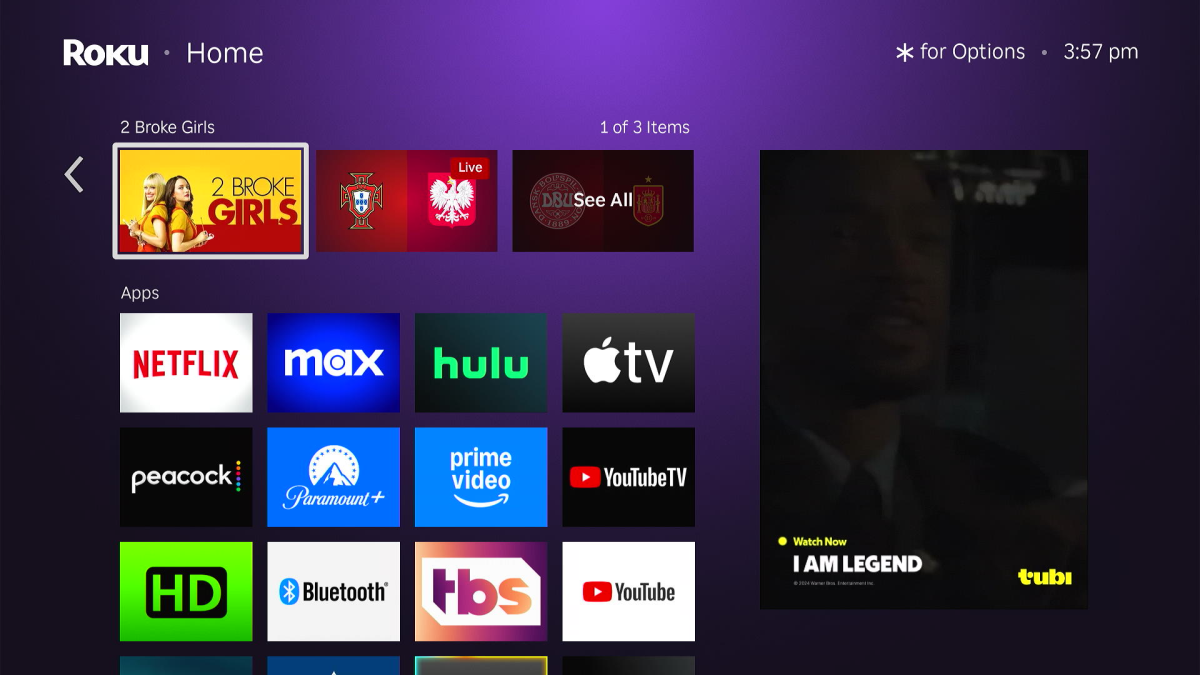
Jared Newman / Foundry
Nice touches and extra features
Once you get past the home screen, there’s still a lot to like about the Roku platform.
Dialog enhancement and volume-limiting options, for instance, are easy to reach via the remote’s star button, and if a particular line is hard to hear, the remote’s Replay button jumps back 10 seconds with closed captions temporarily enabled. Being able to listen privately to the TV through Roku’s mobile app is also a nice touch, allowing you to keep your earbuds paired to your phone and supporting up to four listeners at once.
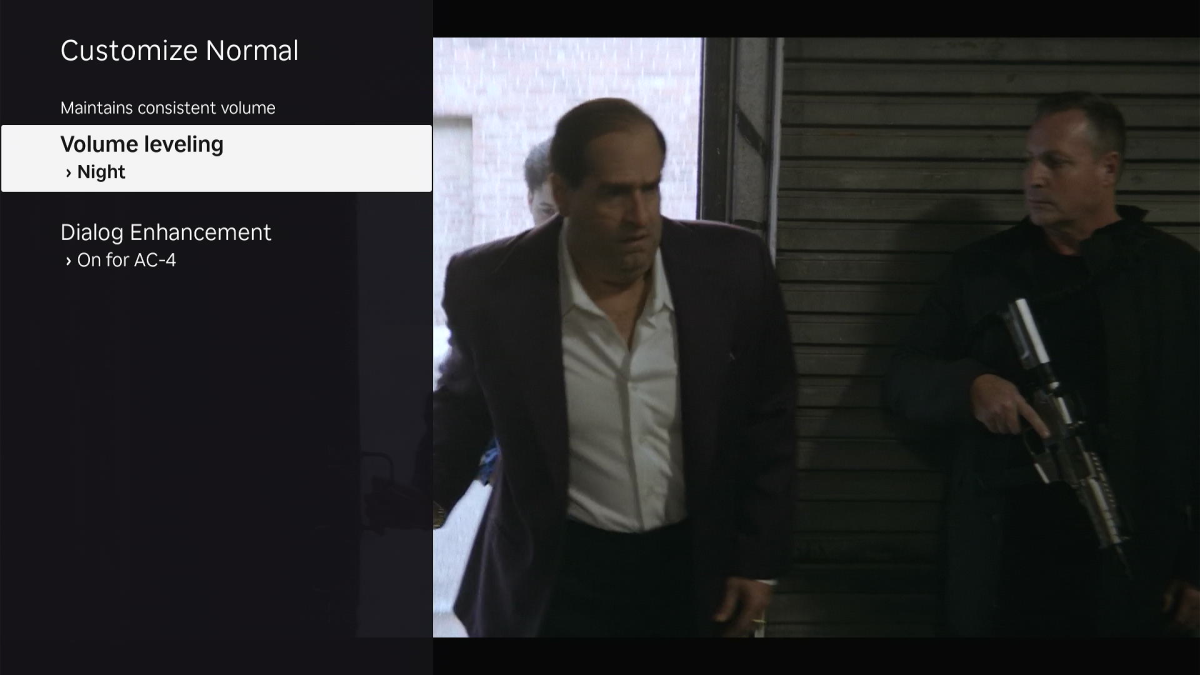
Jared Newman / Foundry
Roku’s free content selection is excellent as well, with a vast catalog of free movies, shows, and linear channels. The Roku Ultra’s remote has a “Guide” button for accessing those channels directly, providing a convenient source of background TV.
When you’re not actually watching TV, Roku’s “Photo Streams” feature lets you create slideshows with your own photos. You can either upload photos directly to Roku through a web interface or connect with your Google Photos library. (If you create a live album in Google Photos, your slideshow can automatically update with new pictures of specific people or pets.)
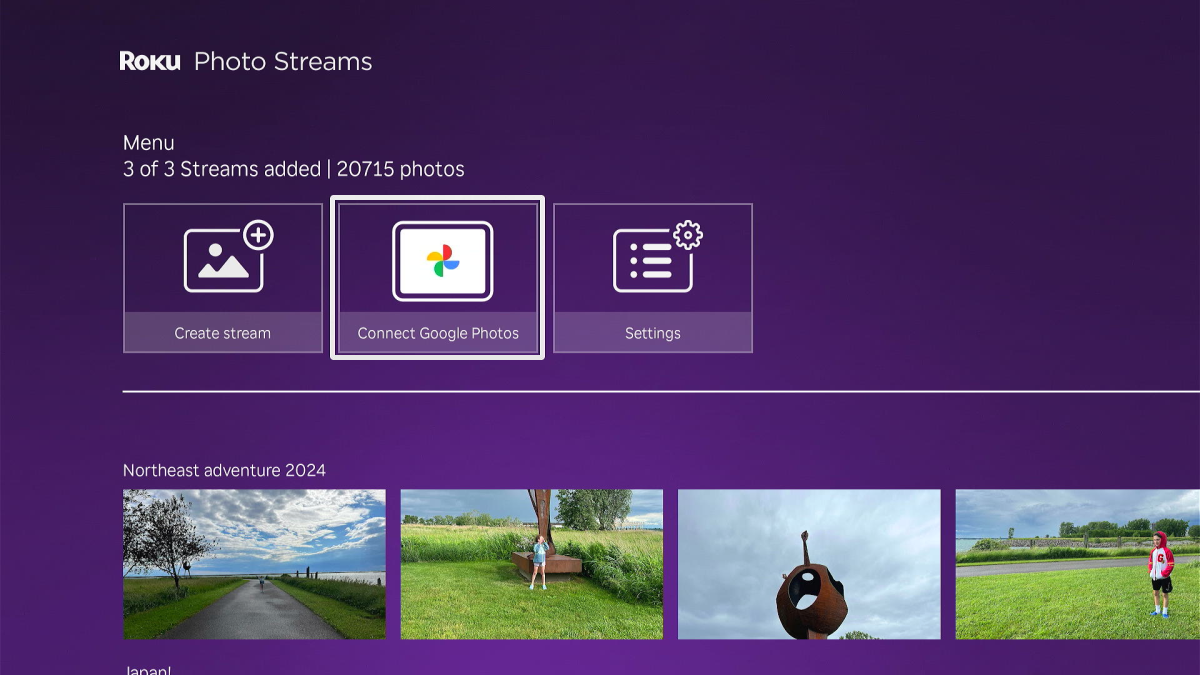
Jared Newman / Foundry
There’s also a separate “Backdrops” app that turns your Roku into a canvas for artwork. You can connect Google Photos here as well, or just use the art collections that Roku provides.
Roku supports Apple AirPlay as well, so you can stream content or mirror your screen from an iPhone, iPad, or Mac. While many smart TVs now support AirPlay on their own, Roku is the only non-Apple platform that offers it on external streaming players.
The only notable weak point is smart home control, which only works with Roku’s own line of cameras, sensors, and switches. It’s just a much more limited platform compared to Amazon Alexa, Google Home, and Apple HomeKit.
Should you buy the new Roku Ultra?
With the 2024 Roku Ultra, Roku hasn’t introduced enough to dethrone the Apple TV 4K as our favorite high-end streaming box. Apple’s device costs a bit more at $129, but it’s a faster box that’s better at organizing different sources of streaming content, and its home screen doesn’t have any distracting banner ads. And you don’t need to be an iPhone user–or use any other Apple product, for that matter–to appreciate what Apple has to offer in terms of video streaming.
You might still consider the Roku Ultra for its feature-rich remote, and Google Photos users might appreciate being to turn their albums into screensavers. Just think twice before upgrading from an older Roku model, because the experience won’t be all that different.

